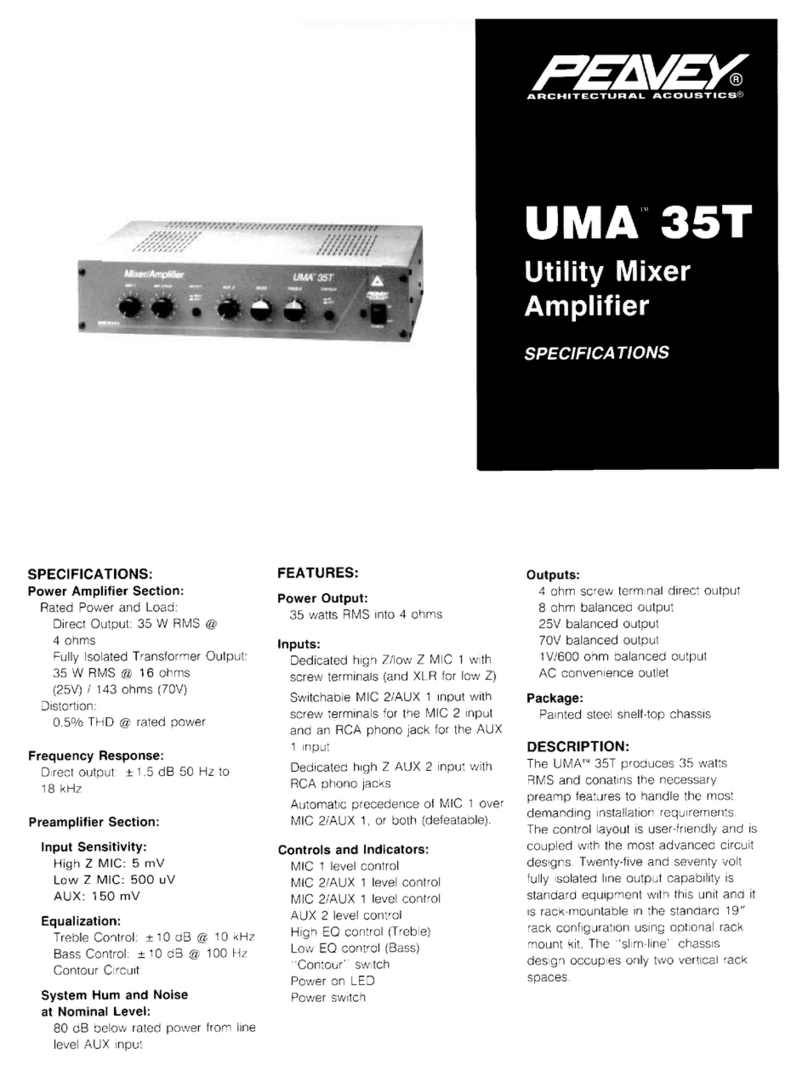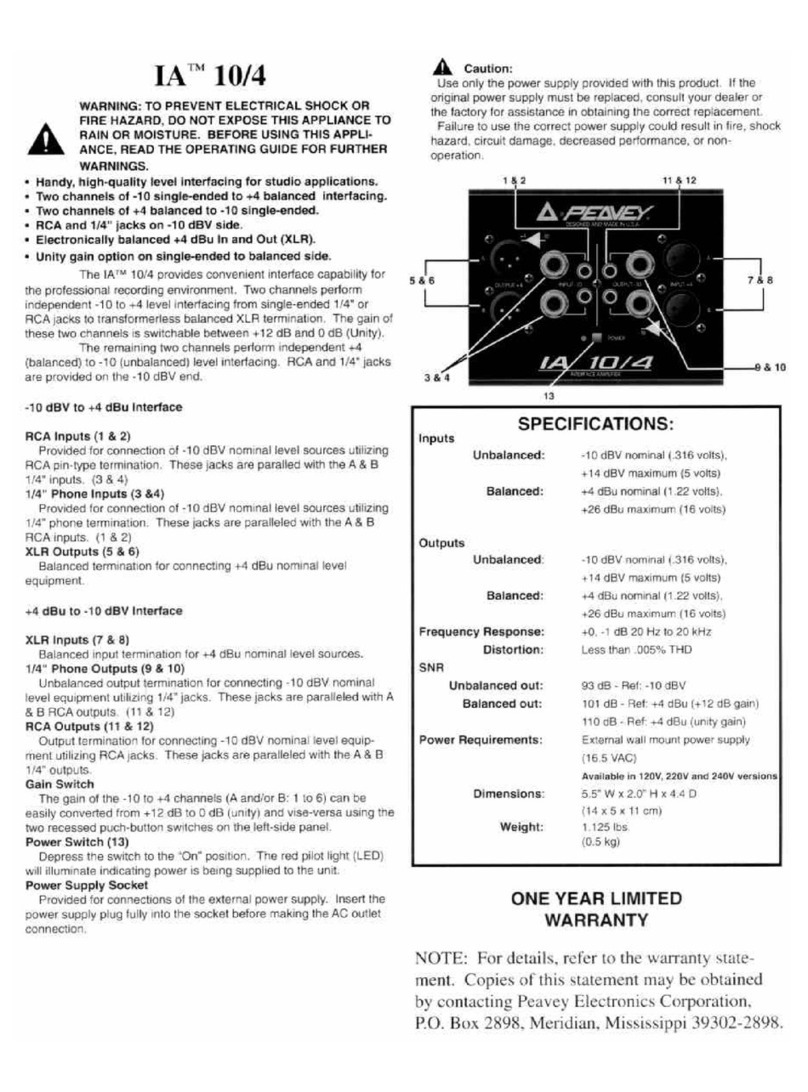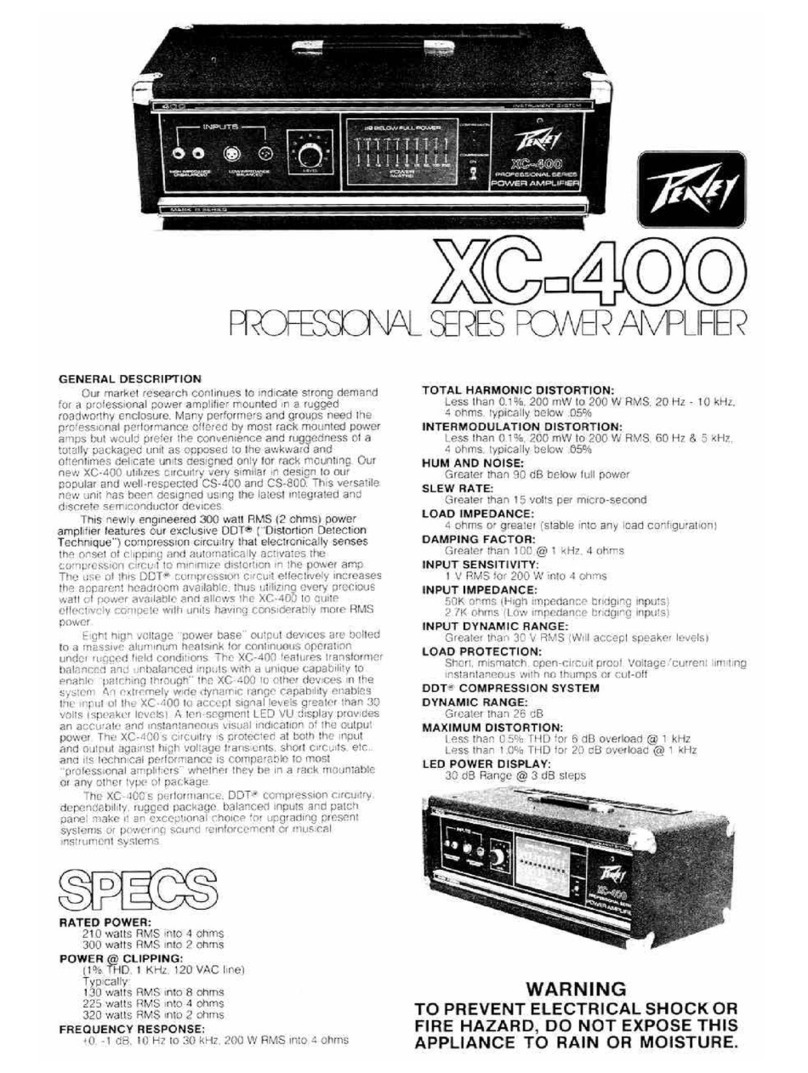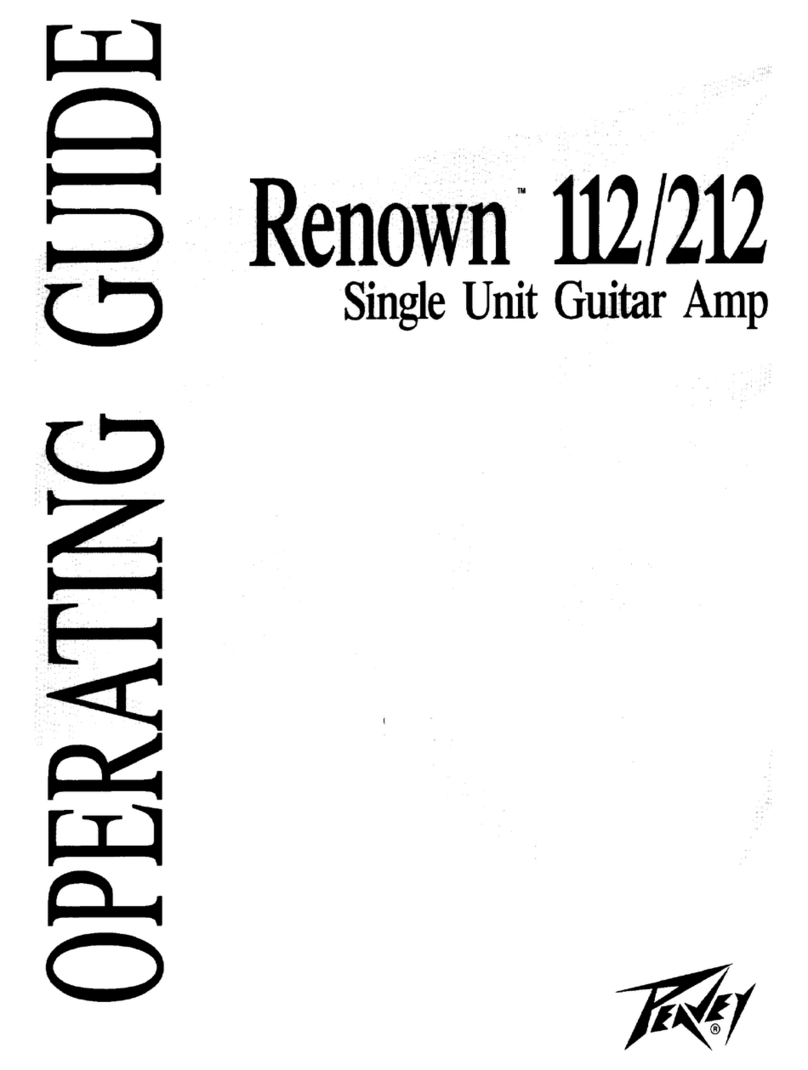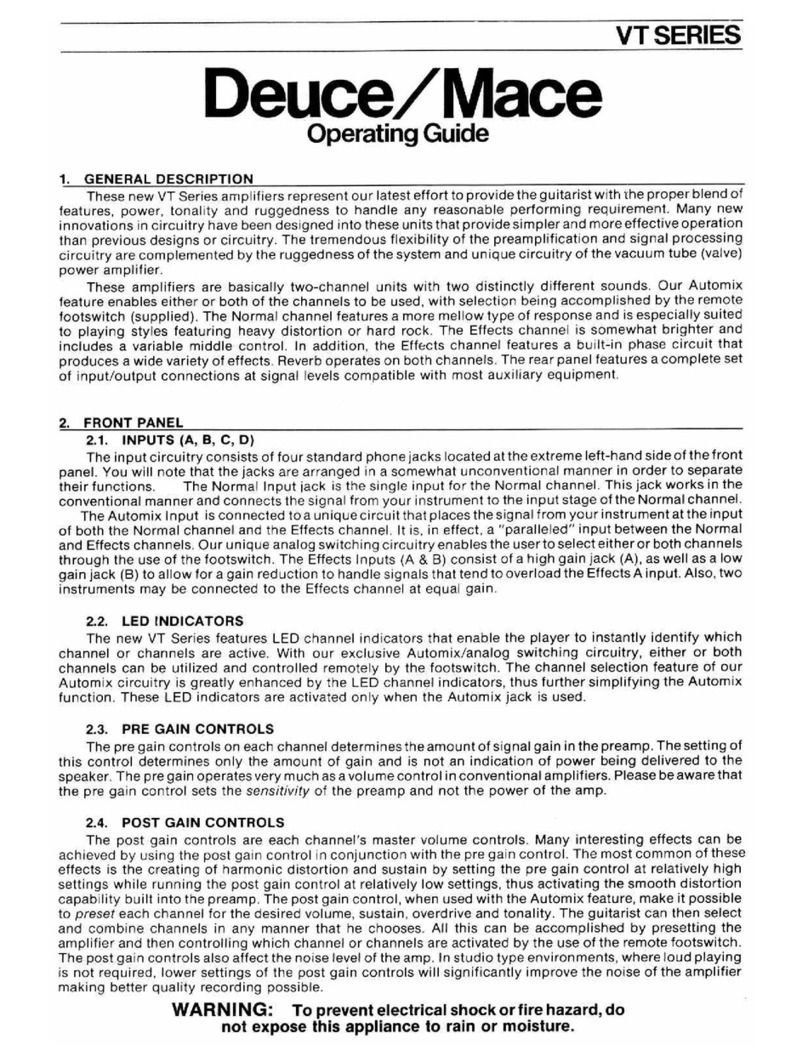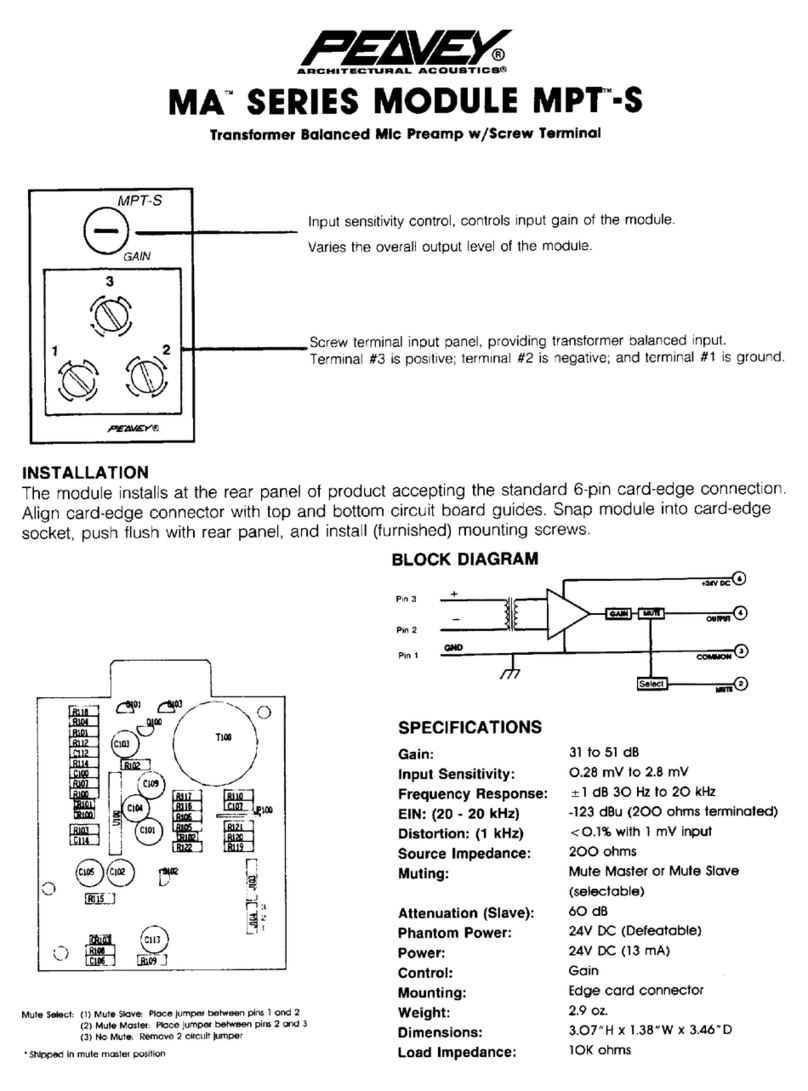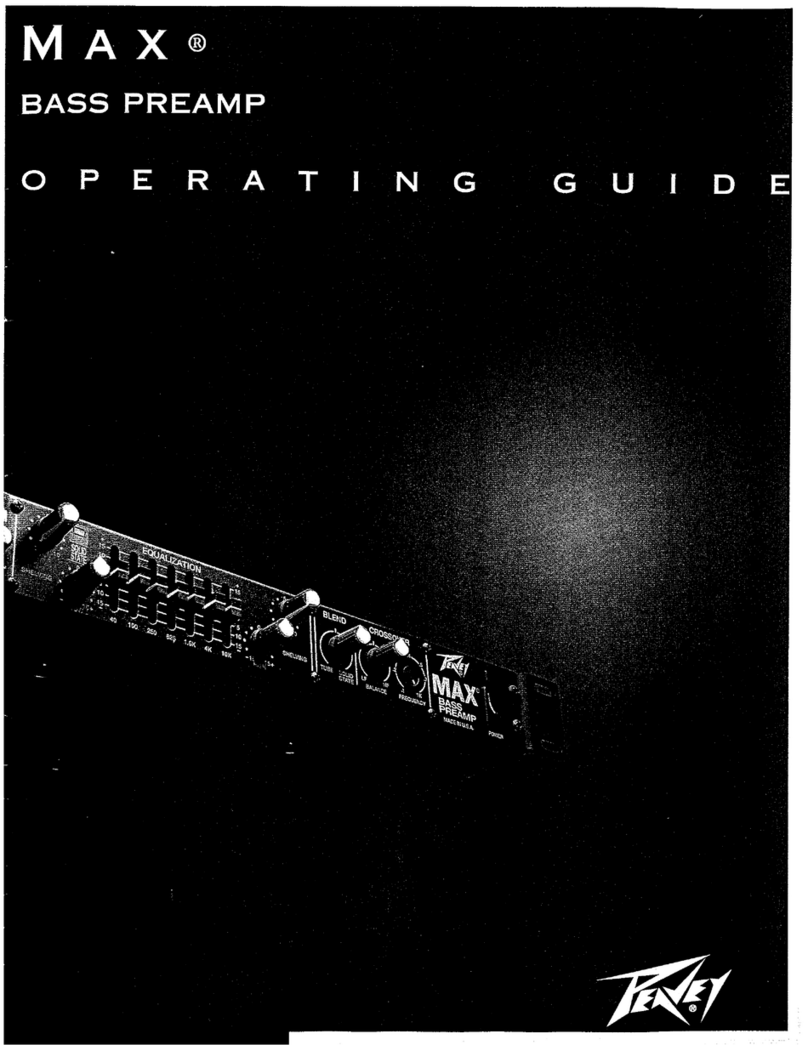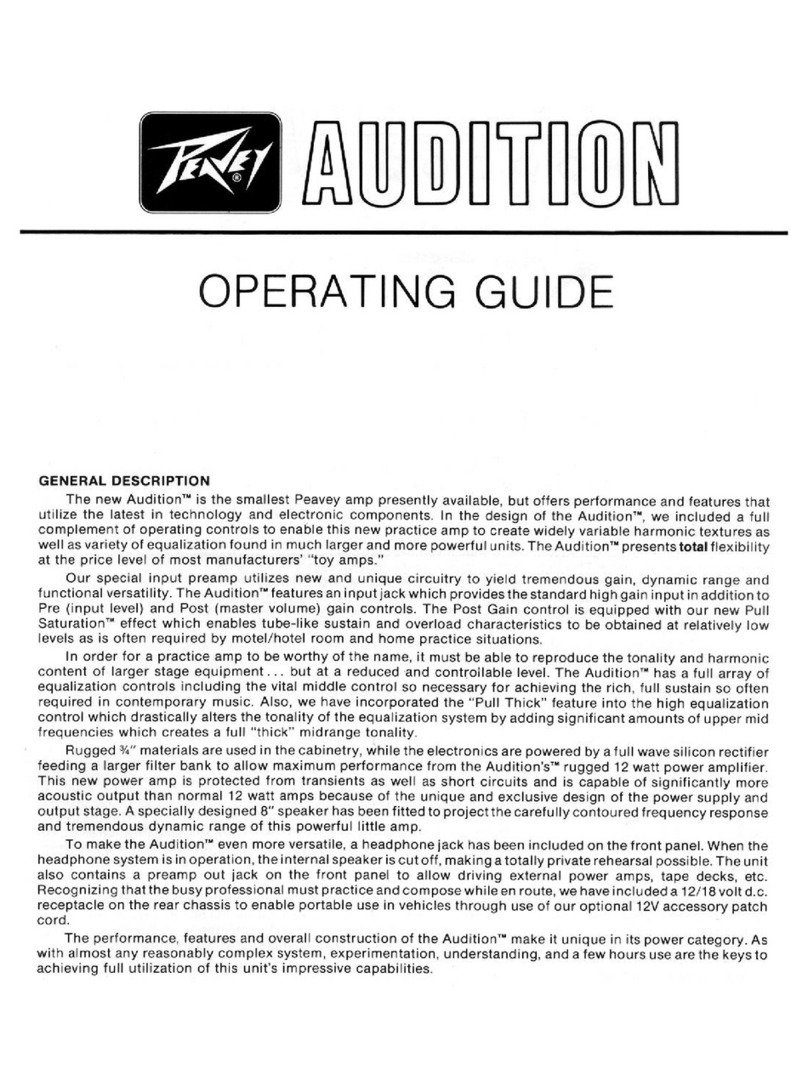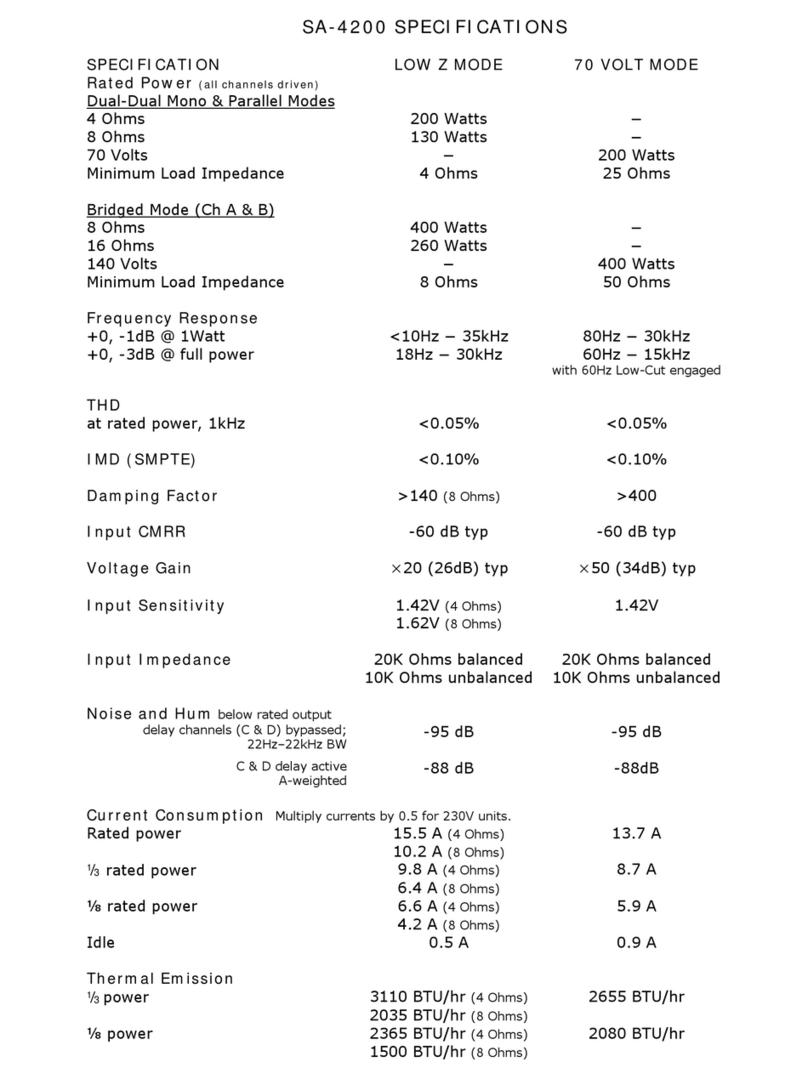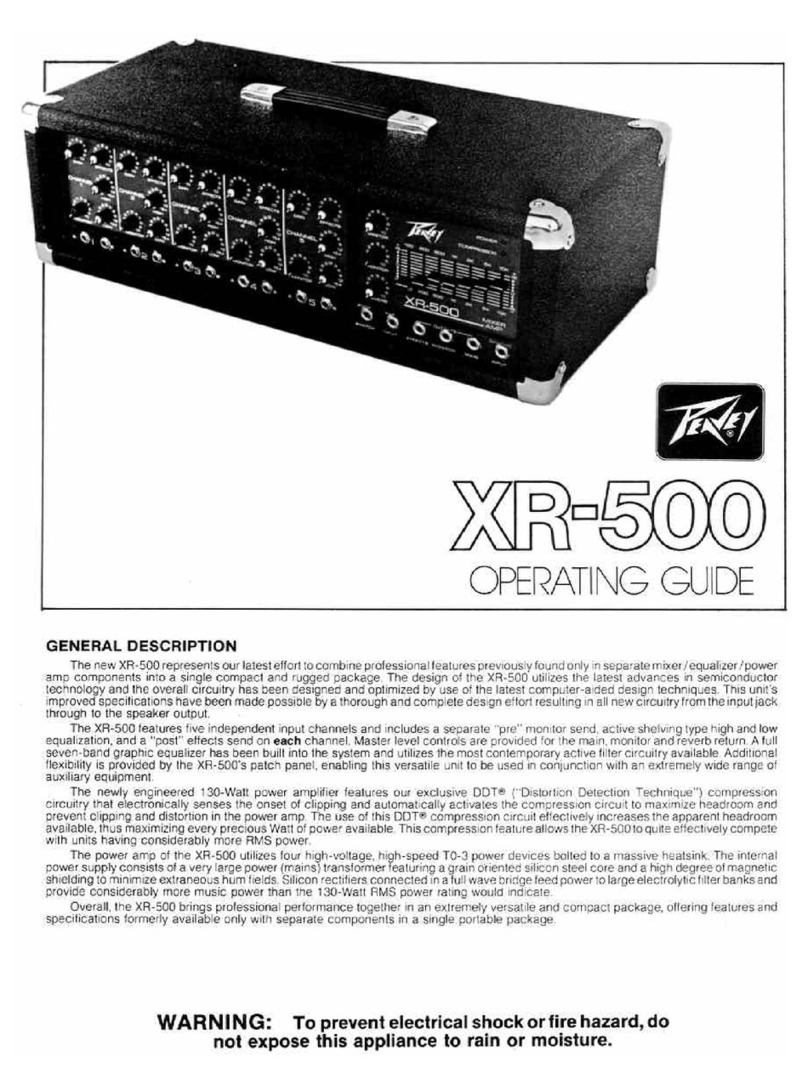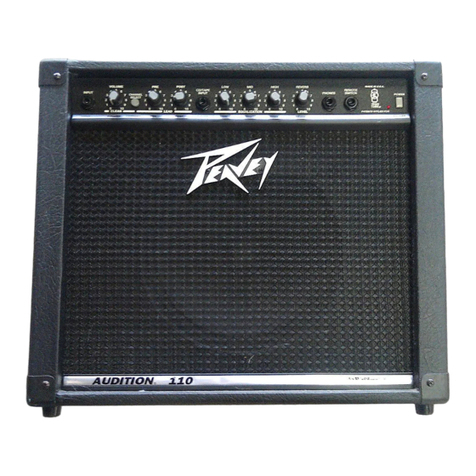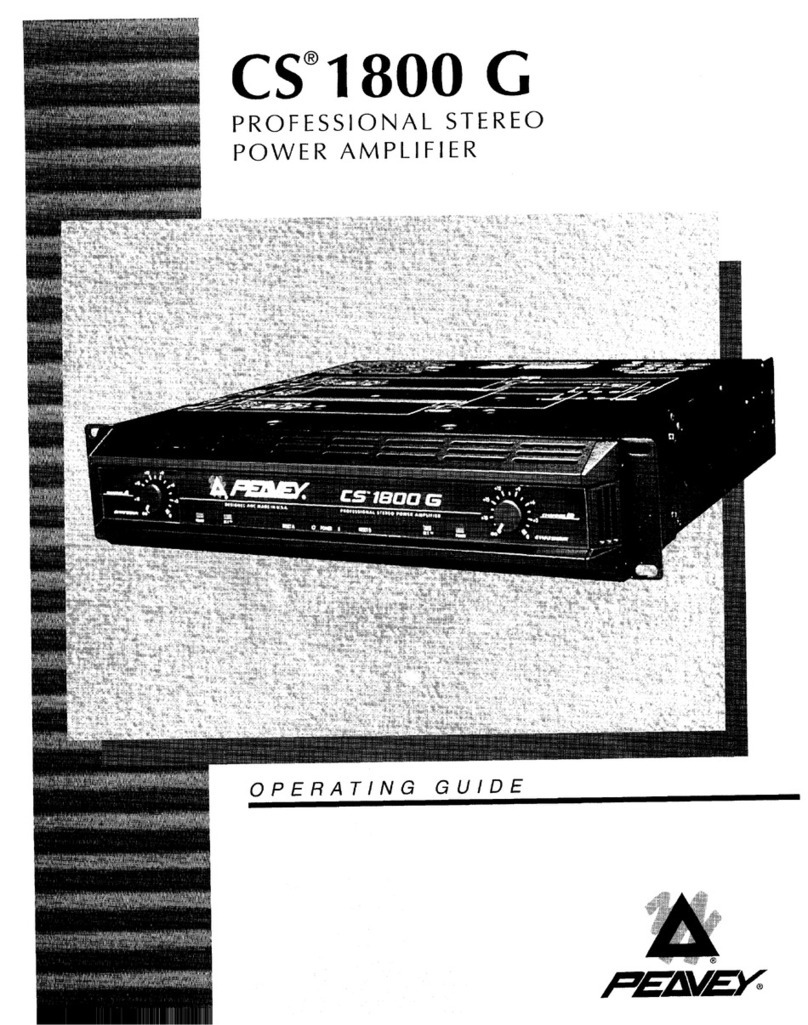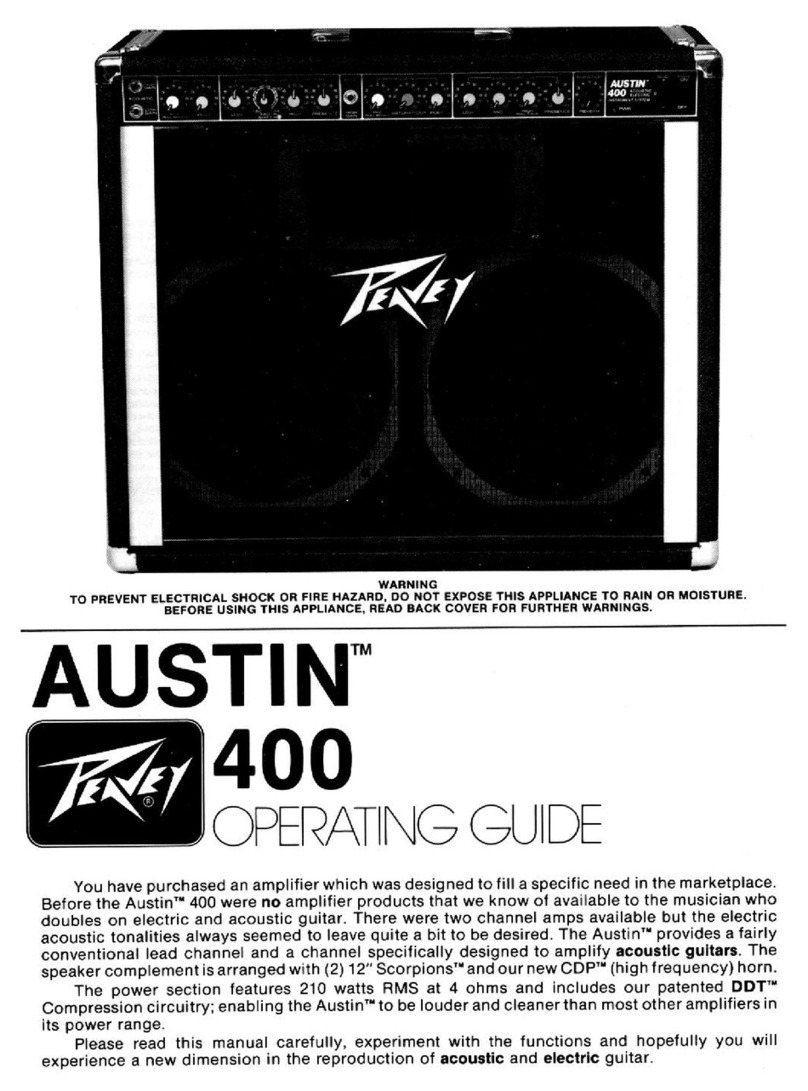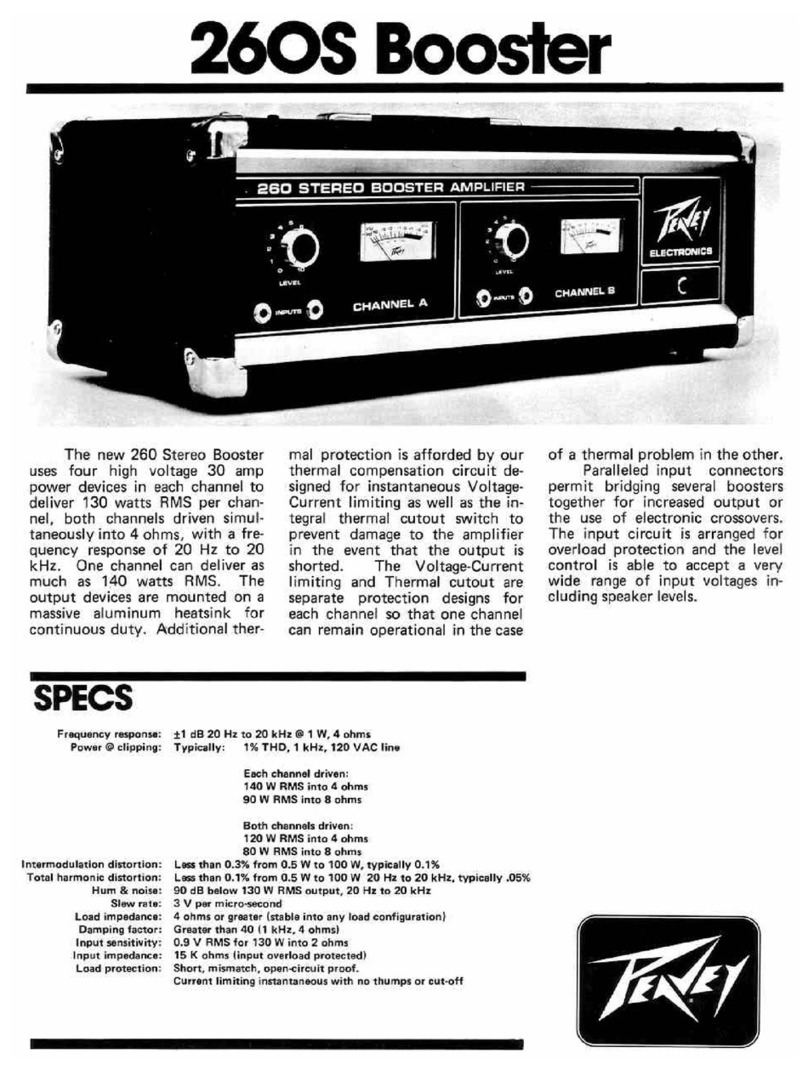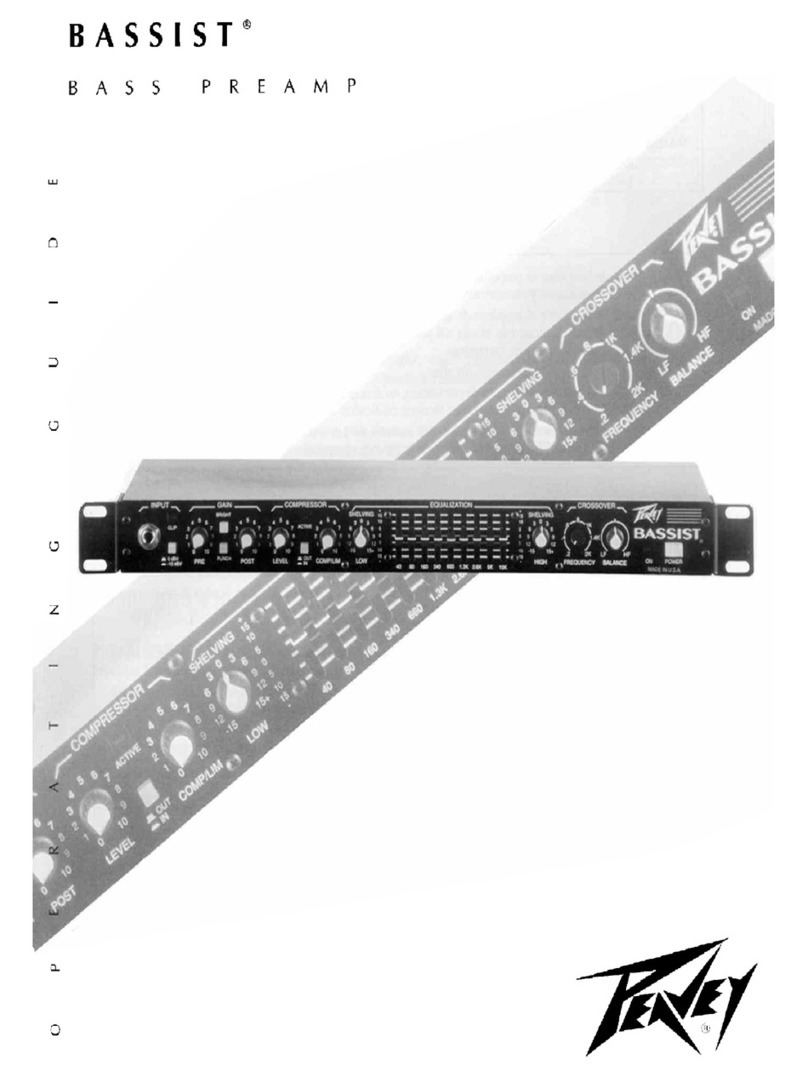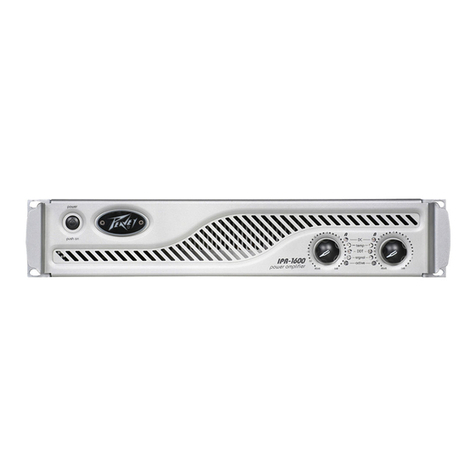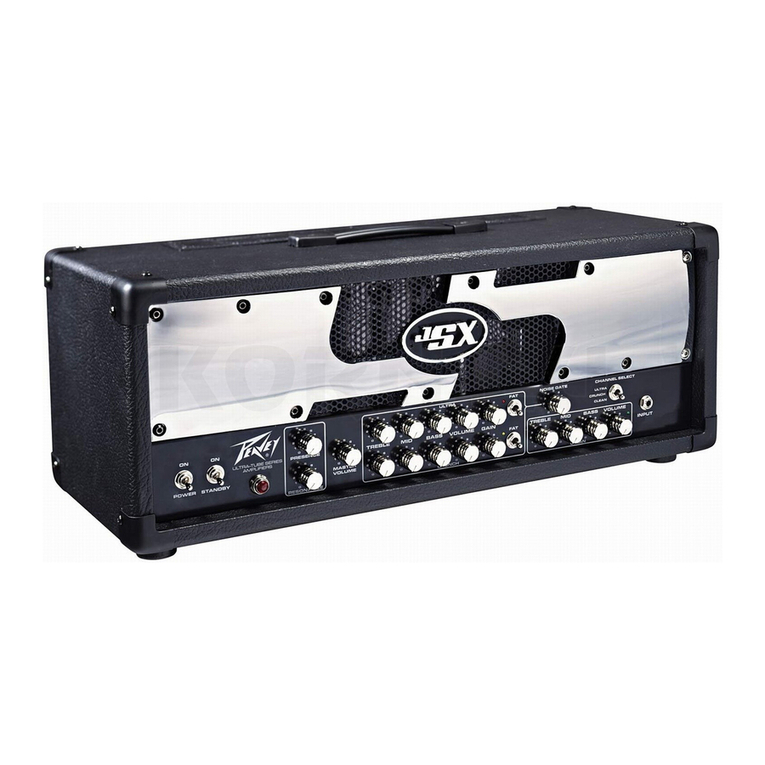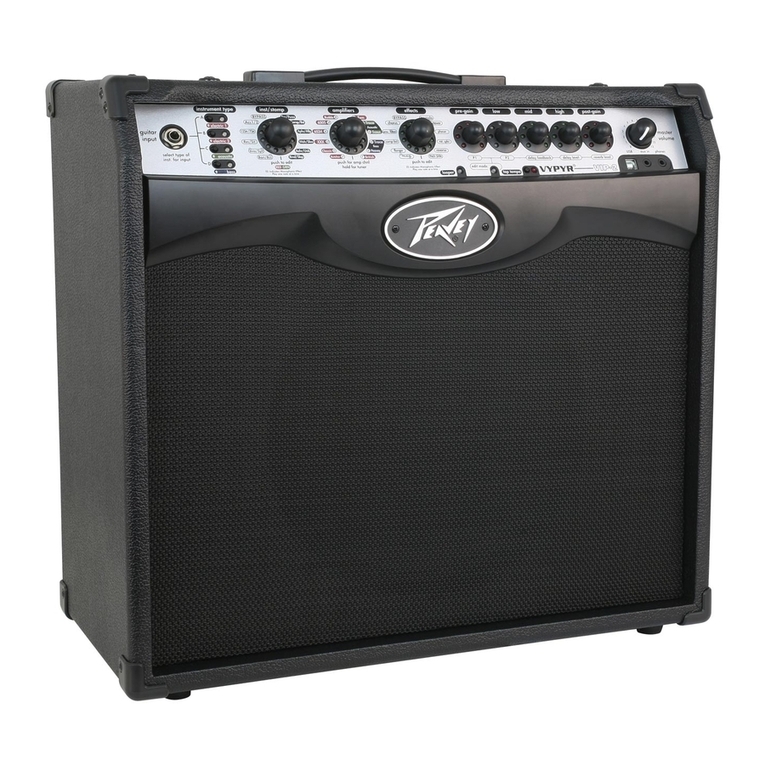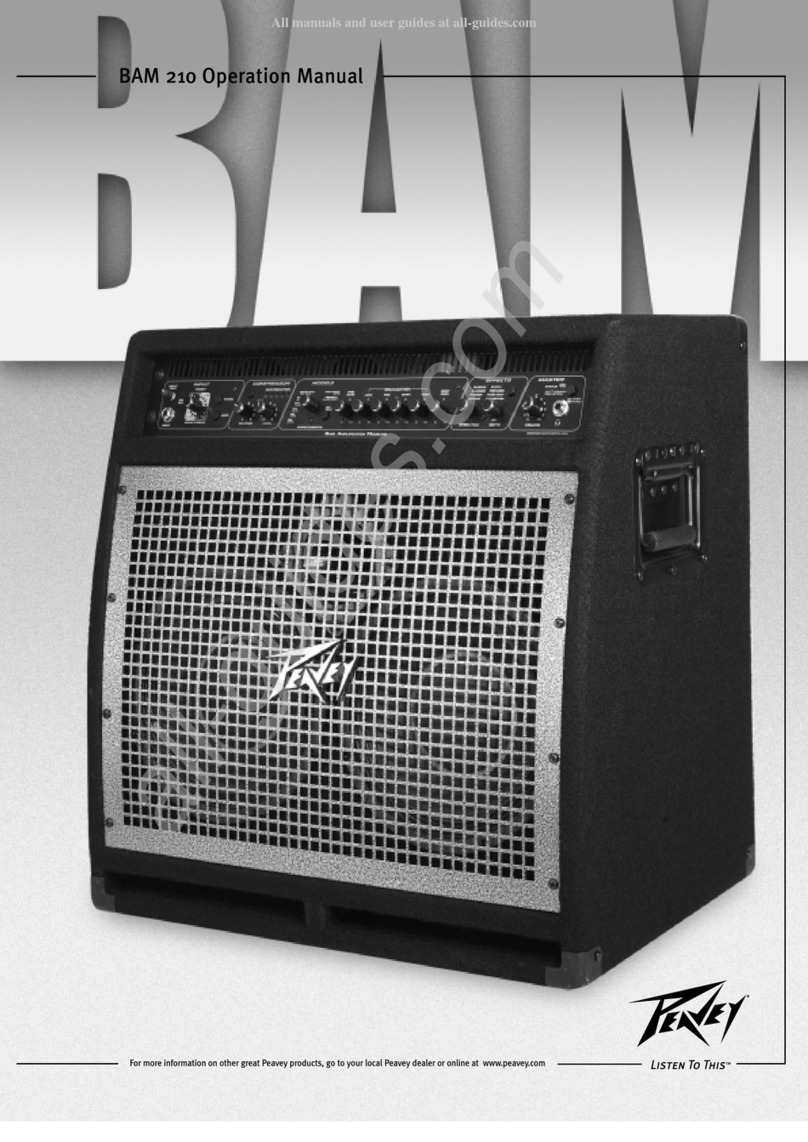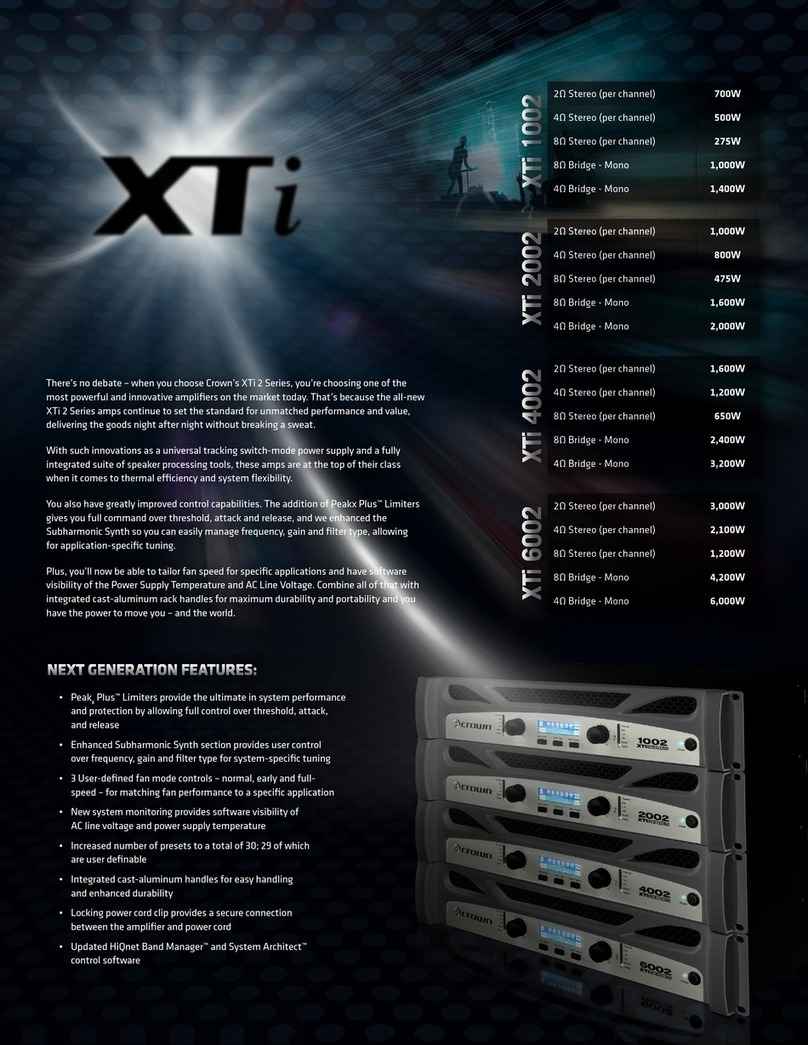
HIGH
AND
LOW
INPUTS
t"-t:-i'57'>7<0ai:A.C"U,
HIOH-GAlNaifLOW-OAIN
n2-30-<>7'-:;f-»v7S»*tLTl.>ST.
HCH-G4IN
•>-ry7U..
L0W-GWNv-p-^7tit'<t.
SSSf.
»<>
e-1f>7.lZi:v
KjntJi'J.
!■«
HtC*
;/
M.
L0W-GAIN-»v7U,
HlGW-GftlNy>
y7i'Jn6(fi.
*-f
>
t
.
±IC.
*
■/
C.
tt
ltSnti-'aT.
v%h«i4
"31
y
h"
et'y^ry
■yij.
HIOH-OWNvT-y^SjSfflU/jSii;.
HiGH-QAINS£.
SliiiSr^-z^-Q-
KT5«tf*').
j''-a~yt9ltitttzte'*<iST.
a-tz-no.--
■^(c-or-y
hmsu.
isnrnHmiUMS
t-iaissanfiL,,
S«»%,
Cfticj:'),
htt.
yu-
f-f
•
3>T
^
•>3>t4^xST.
DUAL
CHANNELS
f-C'-0)7'>7'OS<tt.
TaT";!.
•
f-T>4;ji-aa:s
isfflLTjj'K
rKt-a.
T2^WS<lll4-tf'?>KSt!
y
h
T4
i
t
fl
'ia«4i
■jlCteWSftTt'ST,
3^-
hS-y
•
7
y
2-3l7>*'5>KSI)HlC(S')a*4C£))'
siiticaijaT.
;r
--7
>
i;
S
I.
-
T-t
O
C
S
e
«»L.
a
T«
AUTOMIX^-
S5
7
7;t@iaii.
t-7
y
h^-i
f-f
>4Lyi.(!5-feu.7
ht,
¥#Si:T4»|Si:>JI+Sft.Ti-ST.
a.
<smi7i7h.
«Aa'.
:f>P7i
<
xro-b
t-7
t-t;Sr«nc«i:ttW'3nTv>f
1
yf-o^^ina.
KaSMtciUffiiyST.
s.
^
LED-i'>xi"y-<?-s}Sfflu,
f"v
PRE
AND
POST
GAIN
CONTROLS
f-t-mT'^T'OT'^TtC.
a.=-7?cPREat/P0ST
GAlN3>ED-Jl/i|a#,
}SfflSn74.'ST»
Cft^>033
«Si;/VliiLT.
P>7•£r^/^-^P■y7
•
3>r>bau',
sty
hi.
a
T«
PRE
OAtN
3
>
h
Q
-
Jl-U.
7"'J
•
yatOSIfa^f-f
>
h
St
y
Kt.
POST
GaiN3>
bD-Jl.
li.
/*7-•
T^raosat-'^vuftyhu,
-tftjji;.
7'>7
•
i/XrASWOSfiJ
a-i.u.-NyL.S
PULL
bright-
pull
sriokt;?/yfu.
7jus5ttssi:'-ttv
KUft»#rr.-"
!•«.
•?^aT,
(6dB
el
ZKHz)
Pff)7-7S1J.
7iJ->57L-f-f
>7-
wui.>
-/«
y
PULL
THICK
PULL-TXlCKa^fy^li.
rjuottsrctv
l-LiiHl.:.
7'>7:feft;i751'37-ff-<iy3>
•
S*f1]i;SBT4J:9i;»tt?nTi.>aT„
*»Ct-5T
«*i«P»«S7-X
M,T.
*y'i<T>S>i.
-JLTMSfl
COtn/iSati
y
K
•
L^vSaAtBLST.
RifiOTS
ff
>
"ny^"
-if7>Ka.
::mTPicxia»i:.
->3>Has(#ffiTtlU",
SSi:7UI-<
hT4Ctft'T!I
IIST-T
=
SATURATION^"
SATURATION
(/^f
>
l-»W«)
(Jf-i-7
(JI21f)
V.
•JOKfla?
K7<
73nTittBSMai-<^Aili1"7-f
>3>yL-vV3>Sf#T)«ai:iit«snftEiBTT.
-^ai735a-v-y7->->?ft<ffli.>BnTi.'4»Si:S
LT.
uS'i;Q-3IUa-AT
*oTt.~<o@Mioi7Tp><
'lassnsoTt.
SATURATIONtt.
J:<
S->-
EU-y^ftifTU
t<
.
»!BSlC?a-7(»S*)ff'.
7'7
y
1-77
t-
•
K-7
■rrsntttus^ttL.
SAtHT,
a-y'i<«?>Li.>ii
MS5i01!8?'Tf<>iOTt,
SATURATIONaSOama.
7>7ff>3>
hD-A//T4^Jl'a(;ftl.>Taftifil-3>
h
□
-lUTSar.
K.
7v
ha-f
yf-SSftPJlU.
ON/OFF
Ij-t-
h
•
PVhQ-Ji-fepIKETt.
EQUALIZATION
7>7lC45l»4l-37-ft-T->3>U.
!•><
^KMIUTfc.
S:-y)il7C0.
namfcS
Bft
TBS
(;s-3Ji7>7i.
*B«uaLX;o
LcLf-e-a.
tlf<.nii'lX-<
'y
a>(ni<.
.
>7'/E-
>««ie7i;i-f
ETec.tSoI«i:Ljs«t;.
•f
f-<
if
<
3
7-T-e-f
•>
3
>
S
S
A
[ii
L
t:
fl
3
T
T.
X.
&A.if5-f
7roBS-tLT.
7L-<
+
--tftf
n<0
t-->PaT4tJ
A«.
f-f->3
>
•
t-^-y
hf
■aLTt-^aTo
PCT;):tc.
f-e-•
7>7i;jsffis
iTti.>s«-»tc-T
=
7-<t--i'->3>>xxAi:7i.<rffi«
CKMLTfiSa
Li
7=
f-t'-
•
VU
y
K
•
7?-T
h
OBBnisaBISC.
SStOKlcar.
ha377mts«tf,
cnBm-faT-Tt-TvaA
•
TAC04"L;4!5'8nTl.>4mTT,
THREE-BAND
PASSIVE
EQ
—
*9
ij
7
KOXU.
7$>9-K4-.
L0W-M(D-HI0HS)3
/<>
K
•
/t
yy
79<
7E0SJ?AaT.
g/TA
KIJ,
^(7
;XO'<>K»*tS--/<-7-y7L,
I5*L«7T1.>493
T.
SClBttUfl'SreT-To
THREE-BAND
ACTIVE
EQ
—
77?<7-<37-ft-f>3>ff5<tU?e4h-7A-
'
3>Kn-;KD=Ift14S^ttT4J:7i:$5t;7nT,
7
9f-f
7'
-f'3-77f1'V3>i;»tT4lfratf.
»<t0
5.
a-yv^->04=T»;a-3T#SL)i,
3/OKEO
{LCW-
MIO-HIGH)
T»4CttJ.
aSX
y->79<7E0t(SJUT
rtf.
■f'ro7-*>7.
■7auL's-ii.RS:5i2a'-
4'<a
7Pti:i±*LTTS(.',
«|tO12Kf(Dffil(0)0<.
77
■y
h
•
L9df>7T»l|.
-?C54?-f
>l-S4"i:-i:.
»*
=
i5<)BaT07-7
ha7»
y
KtfpiiiiTT.
at-^n-fn
IJia5SBlLaXLTv>4t0T.
atttOTiSU.
7'9?-<7E0mi4tttLT.
SA-iTSUS
A
GLOSSARY
OF
PEAVEY
GUITAR
AND
BASS
AMP
FEATURES
PUMP(/<>7T-tLT.
PULL
SMC0TH(7;iySA-7)U,
f-t'-COH»a
"ROADMASTER"
3
«tfi
H.>2-7ff)l#aTT.
PUMP3>
En-A-U.
7>7l7>:T
-/<-Q-K
•
9<7i
y7:ilCf5ffiL.
V7
E
'
x-f
7
E-i-a
S'-L-Py
xN
7
E-'>3>£77xY>tO«!5:B5T.
A77Jn:
•aauaT^
pump3>
eq-)ko7je77
-y^u,
"ha
RMONics"
('^-^P77)^:a^jj^n.
-tmss^aui:.
puMPEiraPiu.
ttuiiisfit.
/i-g3.97ti>s«m
H,
7A-7<CX-(7E-
•>3>n''j2-BitB4lC(»,
PULL
SM00T>17Y-yf-fl',
Sx-f
7
E-->a>ff)86«s:af3li<
TiJ;7i:.
(fffl
L.
-><E#-®77>KrtiJS^*gi;LTi.«aT,
HIGH
POWER/STANDBY/
LOW
POWER
SWITCH
PRESENCE
f-fcr-ffT7L-t>73>
ED-JHt.
77x-f
7
•
97
7T*U.
SamHIGH
EO
/?3>
ED-iE-f-65Saj:'J
b
-3t±<0HIGHaiaS»7crl2<JB<0
7-7
ESlf»
y
ET4
;i«'aj®5ili:i4!+3nTi.>sT.
::ff)S4«E0B.
-t
ff
>B-y
E!ji7v3>(-)tL«i.>Ti:.
/□7T«UaS'^
fc
77
7i;-icBS,
X-?i?)7-7
E-7>73L.(+Ji:fi
l-TU.
7'J->7L77>7797;h;,
SaHBLE'I
y
7S-7Hli07i:B7<
USSTtti^UaTc
■
PARAMID'"*
e-t-i7)73-9i/Tx=
-y
Kiarau.
"7*
e
u
y
7
S18S£^9!-#e®»ST4Ct4-LlC,
iTOfigl«B
aSiKC3>Ea-^Ersi$1SSt#-5Ti.>aTo
7l7
7-IJ.
l50HjJ:U1500KzaTO|lllT-,
i»0«TAC3JK7
>ESa)RT3£t75ISIT.
-?LT.
-fiOSiYLESa
*Tl5d8aT7-7Eau'Ay
E
T
4£
£
tf
iBSa
T,
ili
lRLfct>9-7U-7x>7-(nj!;««2a
"O"
a.
7U-6
y
E8nTi.>3W,
■PARAMETRIC
e-e'-na:4a«PARAM£TRIC7
3
77
77->3
>ll88a,
•ttO-5IS!EHF»3i;fii.>T?dA.£)B5g£L'-yTlH>J|n3L
Eo-)Eiii73sii6iiLaT,
HPiU,
PREOJENCYiSn-ae),
aANOWlDTH'»tt«lf
L
T,
MODEi
7-7
EXatv
E
-
(OSJ?
S
SlgglC
L a
Lt,
GRAPHIC
EQUALIZER
—
xy7'JE?x>aiE7'>7Wi.><
-^WlT)
tXJl.(MU9aAM,
BASS)a,
g?
<->4ilHCfclJ5a«10£0(0Ltei:.
6/<>
K(0
77
7i-
-y7
•
7377
7-S««ILTi.'ST.
Xa.
K-LBUDf-rV^-JEmAIc.
C.t0777-f
y9
■
YPxY^-saUTcU.
a?il«'7/;UT4££
!7oI(|lT-T=
Zne/O
E'
•
73777-aS±477x
<7|31jasi4»£LTfj»,
S7i.>AlEmE0£j#fflT4
££i:j:')77
K{fBftus3i*li:Lri.'aro
PHASE
SHIFTER
t'-t
-ro7
j7
7->79-a.
a-ji:<«€.
LI.'X7
>T.
?Aaa,
E
■
7>977'PI7i
a.
7i77ai«(0®atSISBL.
X.
RANC£(UL-7>
3
>En-;ua.
tuiiiai.v
?fi#i;7p-'i7<-7!3'^
Q-9U-7f-»-lCtaft.
»Si;gi.'L-EaT<7J7
e-E'St-y
ELar,
X.
RAN0e(L>y)3>l-P-;U
atia7,
"PULL
SET'
(7)l--t2-y
E)
£llfA.Tv>47;e
77
y?tt»i;TioTl'aT.
£(0a3-75Mfia.
7
L7t-n'.
Sra7U-9l>->-•
7--f9
E7AO
E7
'\-JKn£'C04T7>ETfc.
7
x
7
7ig»(n7
7
-
7SffiS
T4££l>'d:®4J:7lLIWt8nTi.>a-r.
77
yf-«'.
?iSill3n)i«Sgl;}5i.>T.
It-E7f-
y7
•
77-7*^
•Jff)SSAO=K7>
ETBSSnS'tOT-iT.
-?LT.
-fCOJ*
SIT.
SET/RANGe3>EP-ZUSa£.T££i;ilJ.
t?A
10@S3nt7i7
77
7
•
-77
>
ECt
y
ET4L:£7
5rgsi;au£T.{ariZ:<
a
&
Lv'Eom—3/'c£B7TA
TT5i.>o)cmaz-7ftj4fta»i:.
DEFm(aA)3L
Ep-ji.)7,
LA-juoi:!fii.'tt®Tffil3hTcMi;,
a-3
t
<
B
e)
L1.'«i
f
A
if
IS
COmic
ti
Tf
i
L
T
<
ft
a
T,
BCOU
STRING
effect-
string
EFFECT
(7EU>7-I7i7l
i:««SftTt.>aT.
Sffllfttu.
SESSION
V
U
-
717)
7>7a.
443.
'T7-fl)g3iSft4.
-<9a.-7x<-
11.
•
*
9-7L7T-i:affi5ftTga
Lt.
-fUT.
»
;iT,
f-fe-a.
STRING
EFFECT
i:B9Li:<0TTo
cna.
t97E-7xi-
-JE.tCU
x-A
•
T9'7l.£L#ffiT4£.
«(7)71-
K7K/f7
7U»
ff
)»i5S«il»e33»ar4I7i
9
ESOTT,
L-AJU
•
3>
KP-fEa,
I7i
9
ES)77>S3>
EG
-JEL.
l
yf-'
•
3>
EP-'Ea.
»t07A-7t£7<
E
T.
3>
EP-7ET40TT,
X.
*9-a£LT.
SESaOEeOOeflSfflTfttf.POSIRINO
EFFECT
a.
n
y
9
•
7
97
JEU7
yfWtz'J
yf-'if-
,*_p_K
•
E-LS9UI7
ELar.
REVERB
f_t;_<0Un-7
•
I7i
9
Ea,
a4Ta±#7fflftTi>4a-)if.
st'U'<-7aTSre
BlCNaT5C£S3I»iE3LTi'aT.
Uy<-7
•
3
7JE
3tSffl3nT^'4fiHff)@ISa,
nT>E-97
7Wx-f
L-
7
•
S7LS)K9,-x>;nSfmBA!EaT7S)ST£
£3ffiMLaL7;,
PC7)UA-7
•
17
i9
Ea.
\£-\i
-<?)#<
W7L7(:»««
3
nTl'4AUT0MIX7
y
E77
y
7»Lt3J:U,
Ut-
Ea>EP-7ET4P£nF3IR6TT.
ir-fTf:
0
t556
^RmiftSETcBra
—5—20
TEL:06-633-6121
'
=fl62
*^fflff?iE¥liaE0««:Br2O1
TEL:03-202-2881
<OSPL)
TIT»1L*T,
P<7)44«aau.
7KX-7)W
t,-.
E97
74S)t«Ra
OPCtti
.
«•»
V.
E-
■^;l,C«l.'TF)/f7«
-
X>XS<»III6l;<f
US
Lt,.
P£N
GROUND
REVERSAL/LIFT
SWITCH
CC0aP-959"77>E-
•
U'i-7JE/U7
E77
y^lJ
,
3ttB7
7
yf--x77>e44ȣLTE>8T.
aSOl?
ffl
ssaa.
PLus(+)XaMiNus(
jnE'tft*'.
7777
->a<,
i#8<0
9'yf^7'5>Ei7)!ii'j:E'^SS4)?LTfflHS
HT3e>,
IMPEDANCE
MATCHING
OUTPUT
TRANSFORMER
45SI|i:iMI«3ftt:7
7
E77
EE7>77^-V-a.
7
>7i7>ii*!ii?)S«Ttc7e'-7-sw(:a>iaa44sia
tt3ftTl>aT.
P<7)«*aiy7xA8»lLJ4ft-7),
itt
14Sfitl4»7.
t'7EE7>7l7-A-(7)A4F.t°.
9197
f-Jj-S(SaT5B4lC7C0SE7lS«)«LaT«
LINE
OUTPUT
■t;"-t'-9)77>
"77
E?VTTrr"7i/T>7-77"E'
77
E£R4IJ,
5i-Sl7)77U9
E
•
#-y
9
7
9
3
£
SLi:,
aie.
P.A,S=t7-'9797t
•
Jiry/>7-
3
>9-JE'>.C0)SRSaI|l||CT47U-9I>->-
•
3>a;
YtYx
y
EttaS44R£
LTv>aT,
7U-9x>->-
•
3>->!>-tt7)y3>a,
T'<Tl0sg»ffl7>7T9tt3
ft
TV'4/i7
■
7U-9IL->
-
•
737777-73
L<7)
9:a«S.
Stti47t5)lC'j»ST-f.
(C07V7
•
7U-9
i>7-'Eoaas(7)3iHffl7f-Z)-ogE>a-4>.
tu
ft
-S.
*«Sa»44SaBI'J-3WeftTv'40TT.)E9)
''7-7i)-9iy>-'3>'N>-t27->a
>i7)7T-yxY
>9
a.
7>7g(*ro7e-73-77xAj:U»g£ft4Bi:
JP«i:ifiE<7
77-7E5.
S*-»7-
a7-7-7EPaua,
CtOSSmiPLaL/'c:,
-PREAMP
OUTPUT/POWER
AMP
INPUT
(EFFECTS
LOOP)
£07U7>7-77
E7
y
E£.
/'7-7>77L7y
Ea.
X7i9E-/<y?>7-7E-7tLr.
fi
gfflT4
C.£fl'!iiSaT.
£C0/<y751®BT4P£lC<(c'7.
JLg8
ro
i
7
I
9
E
M
S
7
>
7ff)l^g50SSi7)-«6
£
L
L.
77xti<4<.
X.
astoai'.
X7i9
EfSffls^nn:
Lf
T.
tsa:»-2a.
7>7c07U7>7-77E7y
E
e.
«M9)I7i
9
E07
>7-y
EC. -l
LT.
949(01
7x9
Ee077
E7y
E
TL-yo/*?-7
>7
•
7
>7
-y
EIGPftCWTT.
CnCJcU.
949S)I7x9
K07
7E7-y
E«'6ff)->77;Eto«ftsa»wafE-7tti:L
T.
7L7©/T9-7>79cauat.'C£'F.
4©TT=
X.
£©7U7>7-
77
E7
/
EgaXLT
Si'.
94«©"7-7>7-?LT,
X97E7717-?J-
77xA'v©7U77
E£
Lri5ST4C£feSIKTTo
■PATCH
PANELS
f-t'-©7>7©g<
a,
S-raHJCO'C
y7"7A-S»
fl
SLTi'STo
PftllJ:
U
•>7xA6auSItCCX.
J:
U
77
Ea«fflTSP£»'Sri|6T'r.
■DDT®
COMPRESSION
.7-97JU-->7xAS9fflT4S4C.
^-7-7L.7-T
-7=«4«©*9U7Ea
(fflxlf.
7x.f-JE-4C9-
7L77-,
y>7'•
i?'9-
•
7l.77-'P»>
E
U-7
L7-r-)
(F.
aBT4jifc.
xgaiMHiS©
1
pa,
l*lS'f7-7>7©)lffl'ES£i.>9MHTT,
P£i;a'<
471-7
7
>9"
•
79
7
Jua.
4SC9
U
->atb7)T,
K
-7
0
i-ATsuao'eit.
4Si.'x-f
7
E-->3>S'i:-g
£T4©TTo
tf-t:-©DDT3>7L'y->s>
(U.S./f
xL-EB4,318.053)a.
C
ft
A©7L.
7-T-tf.
aiCi
<BBL<;t-'«-E777©(S5Bt.
gJlWC.
''7-
7>7©90
yf>7t)BML.
aUWC.
StSSt-ji;
3*«T.
9
U
y
f>7'(»x
<
7
E
-
a
>4KCLUSXI©
ffl
raSIBii'-ttT.
«;8T4E£S3I*li:L4i0Tt:
9'J-/e>9"©g4ttBtf.
a<4-4£.
£©4#»0Ba
oFFcau.
7>7t«u'iEfi«ffl«©ttsi;RLaT,
£©?f1ifi;«gTX.
BMWa««a,
577-/f7yf-
v>7T'i!'Sa8T©977S97Srtl7P£a</f7-
7>
7©«9;gl73
S
§1
S±Tfl
£
S^IRIC
L
a
L
4.
CONSTRUCTION
AND
MATERIALS
c--t-©7>7©ma'?.
M«s.
rt
iBO'5.9n»aT.
4tt'l©£'©ji
9a7>7£Tfc.
tt
BLTATTSi.',
*
a4a.
i-ST",
4tft-t-«>'T<'ftTi.'4©<re.
£
©71
y9i;J:'J9aT4£(ti;Ti.>aT,
T-<T©17-
t'-
•
7>7a.
BaSft4W2ftiyn©MT+TfAv
Efr
RRSft.
-fLT.
8tSfl©7>7©'t>TBt;Bi.-.
Ta
ft
4.
-M:'-
•
xx-x-ra.
34?>7
•
tX-)Elca'J


